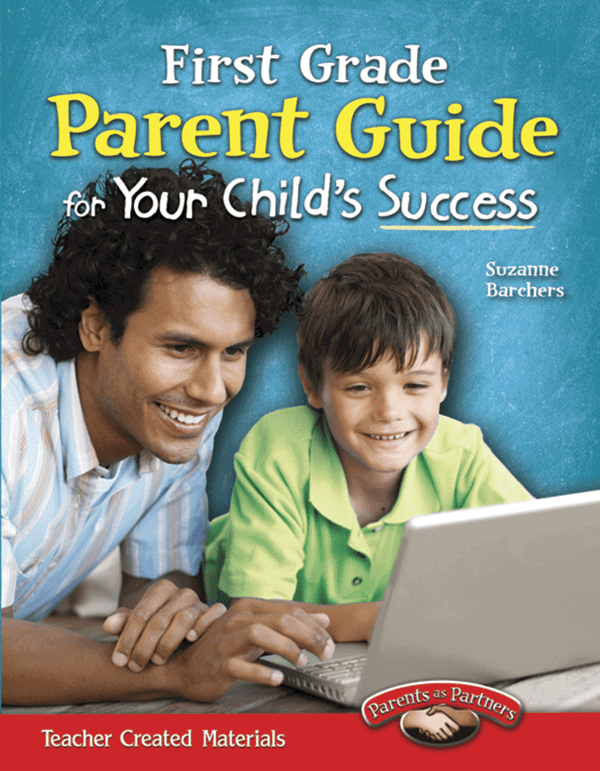Summer reading not only strengthens literacy skills, it also helps ensure kids stay in school. How can educators encourage kids to read on summer break?
Summer reading loss, setback, or slide – no matter what you call it, most educators have seen the effects of a long break from school. It seems like you spend half your time going back over things your students should already know. In fact, educators spend an average of six to eight weeks reviewing the previous year’s material. Kids who don’t read over the summer may fall weeks or even months behind in every subject. By middle school, this cumulative effect can total as much as two years of lost academic skills and is a significant predictor of who will drop out of high school.
From the time the bell rings on the last day of school until they walk through the door of their new classrooms in the fall, far too many students won’t pick up a book. A 2014 Reading is Fundamental poll found that 60 percent of parents don’t think their kids lose skills over the summer, but the facts say otherwise. This same survey found that only 17% of parents prioritize reading as a summer activity and that the average child spends 3 hours in front of a screen for every hour spent reading.
Who Is at Risk?
Any child who doesn’t read during the summer experiences an academic setback, but children from low-income households are particularly vulnerable. These kids can lose up to 2 months’ worth of reading skills over the course of summer break. Their peers from middle-class families often improve these skills during vacation because they tend to have more books in the home.
 What Can Educators Do?
What Can Educators Do?
You’re not there to read to kids during the summer or to remind them to pick up a book once in a while. So how can educators combat the negative effects of summer reading loss?
It really doesn’t take much to counteract summer slide. Reading as few as 4 to 6 books over the summer can prevent the loss of vocabulary and literacy skills and even enhance these abilities. The solution is simply to put more books in kids’ hands during the summer, but the logistics of that are complicated. However, there are several ways you can help make books more accessible and appealing to kids.
• Partner with your local library to ensure that your students have information about summer reading programs. Take the kids on a field trip or have a representative from the library’s children’s department visit your class.
• Hold a book drive, taking up donations of gently used books and then let students pick a handful to take home and keep.
• Collect information about literacy resources and tutoring programs in your community, and then make this information available to all parents as a handout, email, or newsletter.
• Locate sources of free books accessible to students. Realistically, not all kids will make it to the library over the summer. If your community has a book swap or Little Free Library, make sure your students know about it.
• Share information about “summer slide” at parent-teacher meetings or workshops.
• Create a “Books You’ll Love List” for the end of the school year. The NEA recommends suggesting titles of books kids will enjoy reading as opposed to a dry required summer reading list.
• Make reading fun. It’s no secret that kids who view reading as a pleasurable leisure activity are more likely to read on their own than those see it as a boring task.
• Encourage parents to get involved in their child’s success.






Leave a Reply